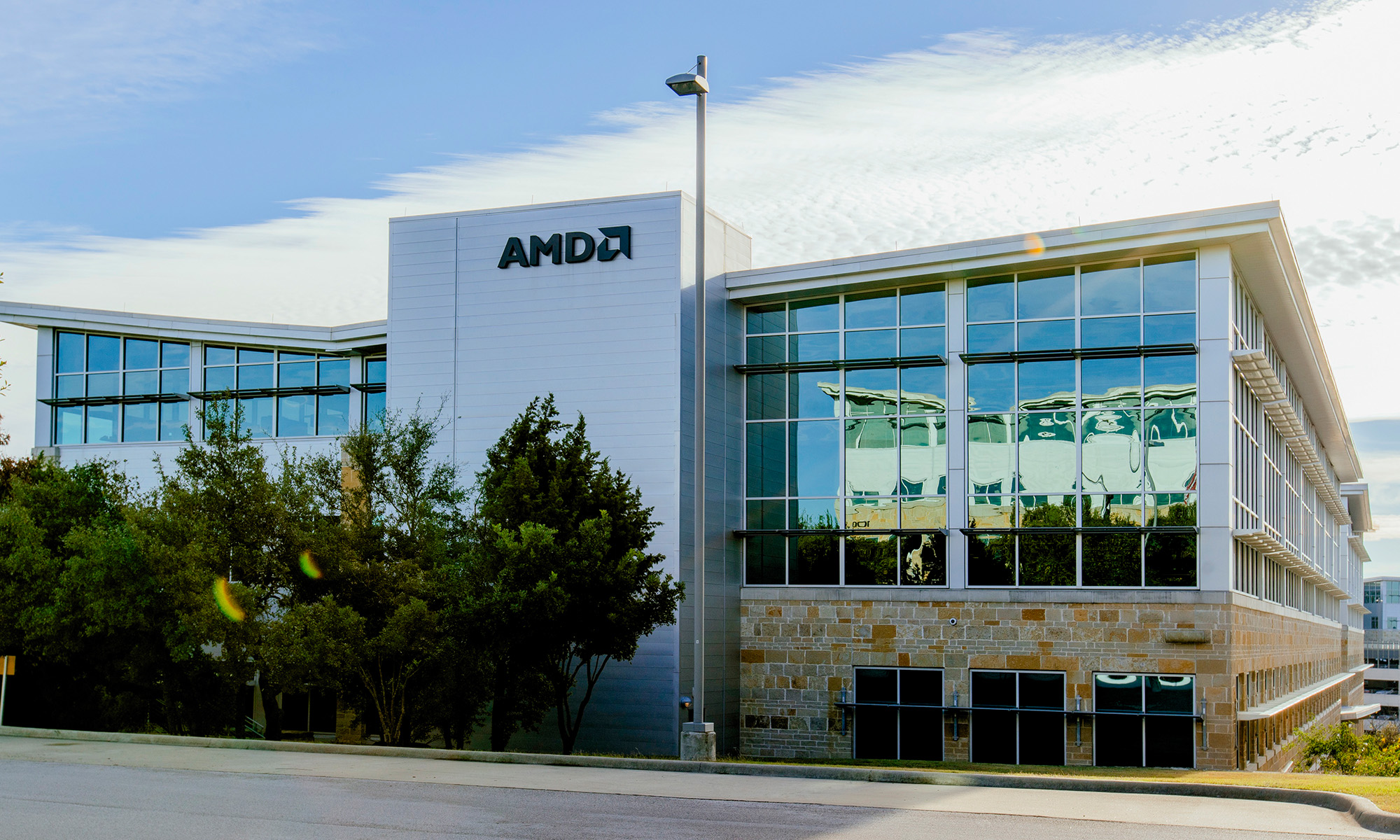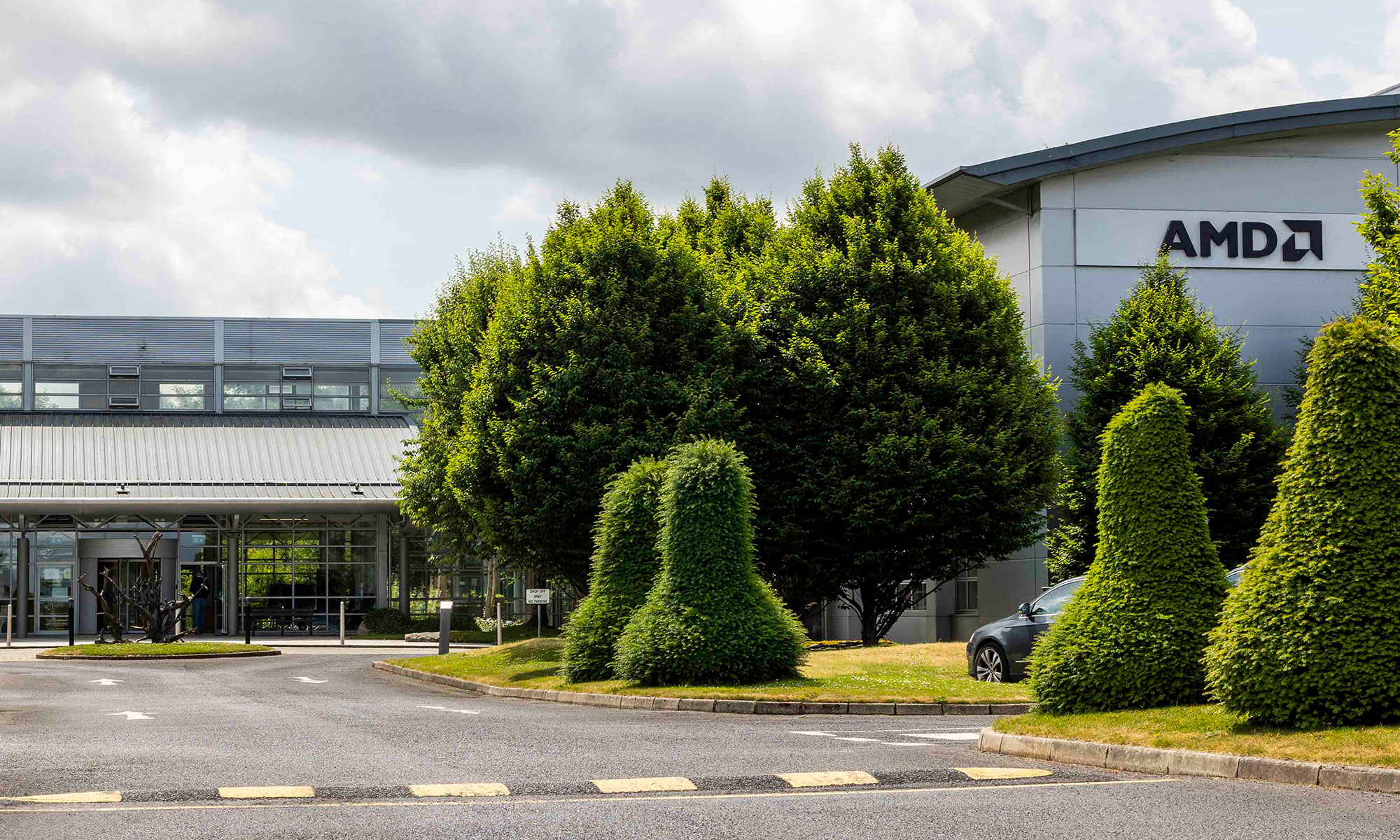It's been over a decade since AMD (AMD +1.87%) spun off its semiconductor manufacturing segment, the company now known as GlobalFoundries. During the depths of the Great Recession, the deal was deemed necessary to help AMD survive, although AMD maintained the long-term vision was to refocus on technology, chip design, and better investment returns. The latter proved to be true.
While it was a bumpy road, AMD stock is up over 2,000% since the start of 2009. And while it generally still plays second fiddle to Intel (INTC 0.82%) and NVIDIA (NVDA +2.13%), at least as far as market share goes -- the former on CPUs (general-purpose computing processor units) and the latter on GPUs (for graphics and other specialty computing processes like AI) -- it has made great strides technologically and has been giving both of its larger peers a run for their money.
Is it a millionaire-maker stock?
At this point, AMD is a large chip company in its own right. Now with a market cap of $60 billion, it could have been labeled an investment portfolio millionaire-maker stock a decade ago when it was trading for pennies compared to today's AMD dollar. But those were different times for this chip underdog.

Image source: AMD.
Nevertheless, the chip industry is massive. Global spending on tech's building blocks tallies into the hundreds of billions and is still in growth mode. Plus, Intel and NVIDIA carry valuations of $250 billion and $229 billion, respectively. There's thus plenty of room for the smaller company to make some inroads.
Powerful forces are driving growth
But AMD isn't simply growing by picking up scraps from its larger peers. In fact, arguments can be made that AMD's CPU lineup is superior. And while NVIDIA charges a premium for its advanced GPU hardware for a reason, even NVIDIA has made use of some of AMD's wares in its designs (like with the DGX A100 data center units, which use two AMD EPYC server processors). Plus, while next-gen gaming graphics featuring ray tracing got kicked off by NVIDIA a couple years ago, AMD's own ray tracing-enabled GPUs will power the new Sony Playstation 5 and Microsoft Xbox Series X.
And even should cloud-based video game streaming take off and kill the game console (unlikely), AMD won't be left out in the cold here either. Its chips are helping power some of the data centers doing the heavy graphics lifting in the cloud. Simply put, even though AMD's revenue has skyrocketed in the last few years, computing power for businesses and consumers alike is still in the midst of a big upgrade cycle. There could be plenty left in the tank for AMD.
But is it a buy now?
Granted, the problem with the semiconductor industry is that, though it's technology, it's also manufacturing. And manufacturing businesses are cyclical in nature. Managing that cycle and sustaining growth can be a tough nut to crack -- one that AMD hasn't historically quite figured out, even after its GlobalFoundries divestment and focus on design. While sales have grown overall the last two decades, it's been an especially wild ride.
Data by YCharts.
Is this time different? Maybe it is. Besides the highly cyclical nature of its business, I've always shied away from AMD because of its lack of profitability. Free cash flow (basic profits that get added or subtracted from the balance sheet, calculated as revenue less cash operating and capital expenses) has been negative more often than not over the last two decades. But over the last trailing 12 months, it's been positive $431 million. On revenue of $7.25 billion over the same period, that's good for a free cash flow profit margin of 6% -- not a fantastic rate, but positive free cash flow is important. It means a chip company is capturing enough dollars to reinvest in research and development, which helps it sustain innovation and in turn sales growth over time.
AMD has also improved its balance sheet, paying off debt (down to $488 million at the end of March 2020) and increasing its cash and equivalents on hand (up to $1.39 billion). AMD is in better shape than it has been in a long time.
Is this semiconductor company a millionaire-maker stock? Given its size, probably not. Worthy of inclusion in a tech growth portfolio? Yes, although my pick is NVIDIA with its rate of innovation running in high gear, big profit margins, and deep pockets. But if it were down to Intel or AMD, I'd go with AMD for the long run. Just expect a roller coaster ride from this historically volatile and low-profit-margin chip stock.








